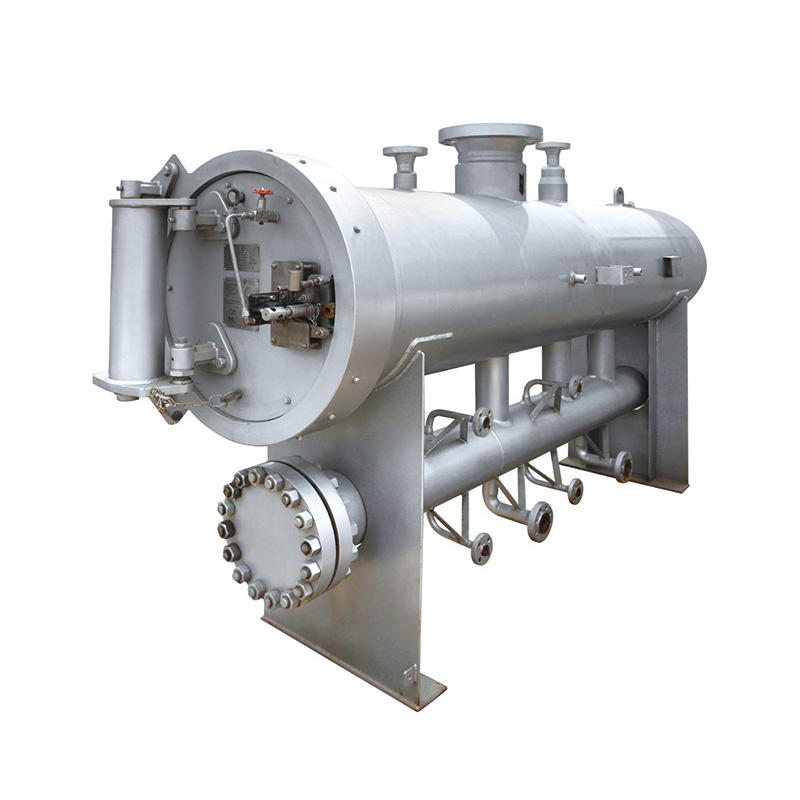
Nov . 27, 2024 17:28
Back to list
Natural Gas Pressure Regulation and Control Systems for Safe Distribution
Understanding Natural Gas Pressure Reducing Stations
Natural gas is one of the most important energy sources in the modern world. It is used for heating, cooking, electricity generation, and as an industrial feedstock. However, natural gas is transported under high pressure through pipelines across long distances, which means that before it can be safely delivered to consumers, the pressure must be regulated. This is where natural gas pressure reducing stations come into play.
What is a Pressure Reducing Station?
A natural gas pressure reducing station is a facility designed to reduce the pressure of natural gas from high transmission levels to a lower distribution level, suitable for residential or commercial use. These stations are crucial for ensuring that the gas delivered to end-users is at a safe and usable pressure.
The Importance of Pressure Regulation
The high pressures at which natural gas is transmitted can be dangerous if not properly managed. Natural gas pipelines can operate at pressures as high as 1,500 pounds per square inch (psi), which is several times the pressure needed for residential use—typically around 5 to 10 psi. Without reducing this pressure, the risk of ruptures, leaks, or even explosions increases significantly. Thus, pressure reducing stations play a vital role in protecting infrastructure, the environment, and above all, human safety.
Components of a Pressure Reducing Station
A typical natural gas pressure reducing station contains several key components
1. Inlet Section This is where the high-pressure gas enters the station. It is equipped with devices that monitor the incoming pressure to assess whether it is within acceptable limits for reduction.
2. Pressure Regulators These are the heart of the station. Pressure regulators automatically reduce the gas pressure to a predetermined level. Different types of regulators can be employed depending on the specific application and needed pressure reduction.
natural gas pressure reducing station

3. Filters and Strainers To ensure the safety and efficiency of the system, filters and strainers remove particulates and impurities from the gas. This prevention of contamination reduces wear and tear on the equipment and contributes to a longer lifespan of the infrastructure.
4. Bypass Lines Many stations are equipped with bypass lines that allow gas to continue flowing in the event of a failure in the main system. This redundancy ensures that pressure regulation is maintained and that there are no interruptions in service.
5. Control Systems Modern pressure reducing stations are often equipped with electronic monitoring and control systems that provide real-time data about the pressure levels, gas flow rates, and overall system performance. These systems allow operators to make necessary adjustments and ensure everything is functioning correctly.
Operation and Maintenance
The operation of a pressure reducing station requires a trained workforce that performs regular maintenance and inspections. Monitoring pressure levels, checking for leaks, and ensuring that all components are functioning properly are essential to maintain service reliability. Maintenance tasks may include cleaning filters, calibrating regulators, and replacing worn-out parts.
Environmental and Economic Impact
Pressure reducing stations not only play a critical role in ensuring the safety and reliability of natural gas supply but also have environmental and economic implications. Reducing the pressure inline with the required levels minimizes the risk of gas leaks, which can harm the environment. Furthermore, by ensuring efficient delivery of gas, these stations support energy conservation efforts and help keep costs manageable for consumers.
Conclusion
In summary, natural gas pressure reducing stations are a vital aspect of the energy infrastructure. They ensure that natural gas is delivered safely and efficiently from transmission systems to end-users, playing a crucial role in the energy landscape. As the demand for natural gas continues to rise, understanding the complexities and importance of pressure reducing stations will become increasingly significant, highlighting the need for ongoing investment, maintenance, and advancement in this essential technology. Through effective regulation and monitoring, these stations help provide the energy that powers our homes, businesses, and industries, while prioritizing safety and sustainability.
Latest news
-
Safety Valve Spring-Loaded Design Overpressure ProtectionNewsJul.25,2025
-
Precision Voltage Regulator AC5 Accuracy Grade PerformanceNewsJul.25,2025
-
Natural Gas Pressure Regulating Skid Industrial Pipeline ApplicationsNewsJul.25,2025
-
Natural Gas Filter Stainless Steel Mesh Element DesignNewsJul.25,2025
-
Gas Pressure Regulator Valve Direct-Acting Spring-Loaded DesignNewsJul.25,2025
-
Decompression Equipment Multi-Stage Heat Exchange System DesignNewsJul.25,2025

